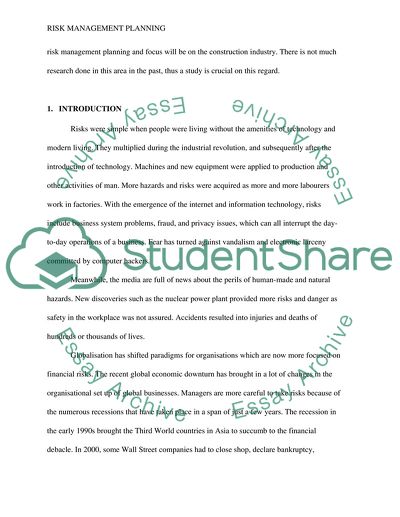Cite this document
(Risk Management Planning in Construction Industry Research Paper, n.d.)
Risk Management Planning in Construction Industry Research Paper. Retrieved from https://studentshare.org/technology/1742190-research-project-risk-management-planning
Risk Management Planning in Construction Industry Research Paper. Retrieved from https://studentshare.org/technology/1742190-research-project-risk-management-planning
(Risk Management Planning in Construction Industry Research Paper)
Risk Management Planning in Construction Industry Research Paper. https://studentshare.org/technology/1742190-research-project-risk-management-planning.
Risk Management Planning in Construction Industry Research Paper. https://studentshare.org/technology/1742190-research-project-risk-management-planning.
“Risk Management Planning in Construction Industry Research Paper”, n.d. https://studentshare.org/technology/1742190-research-project-risk-management-planning.


